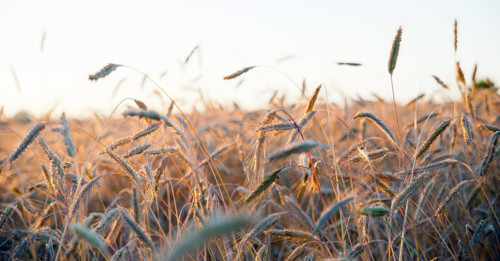“Rye” isn’t so much a beer style as an ingredient that can change a style. But since it has such a particular impact on the beer, we figured it would be a good idea to take a peek. The two things to remember about rye: like wheat, rye will be used as part of the malt—replacing some or all of the grain that’s eventually fermented to make the beer; and rye tends to impart a round graininess as well as characteristic spiciness (think of the last time you ate pastrami on rye—the zing comes from meat and bread). All this to say, rye can do—and stand up to a lot—in beer.
Roggenbier Essential Info
- Color: Light copper to reddish brown
- ABV: 4.5%-6%
- Commercial Examples: Bear Republic Roggenbier, Rogue Ales Rogue Farm Roggenbier Rye
Basically a German rye beer, and not far from a Dunkelweizen, including the banana/clove impact from those special weizen yeasts. The result is a beer that balances malty sweetness with round spiciness from the rye. Hops are generally more subdued but may play into the bitterness of the rye itself, which makes for a typically drier finish. Unsurprisingly, tastes a bit like pumpernickel bread.
American Rye Beer Essential Info
- Color: Light gold to dark copper
- ABV: 5%-8%
- Commercial Examples: Boulevard Brewing Co. Rye-on-Rye, Founders Black Rye, Two Brothers Brewing Co. Cane & Ebel
You’ll see this more often than Roggenbier (in the U.S.), since it’s basically any American beer brewed with rye. Depending on how much rye is used, and how aggressively the beer is hopped, etc., styles will vary. But all American rye beers should display some degree of that “rye” flavor, which means a nice rounded graininess and spiciness, even a bit of subtle sourness in the midst of some malt and maybe a bit of subtle sweetness. No surprise, American brewers like to play on rye’s spicy intensity, often playing it up with pine, citrus, spiciness, and bitterness from hops—it actually works very nicely as an IPA.
